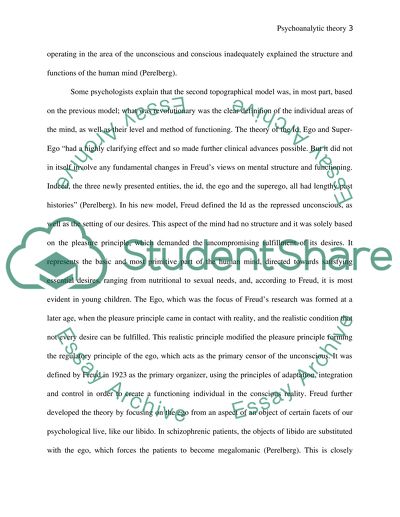Psychoanalytic Theory and Learning Perspectives Essay. Retrieved from https://studentshare.org/miscellaneous/1518078-psychoanalytic-theory-and-learning-perspectives
Psychoanalytic Theory and Learning Perspectives Essay. https://studentshare.org/miscellaneous/1518078-psychoanalytic-theory-and-learning-perspectives.


